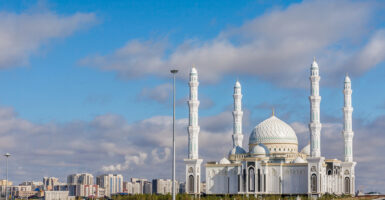20 Architectural Masterpieces That Were Almost Never Built
Some of the world’s most iconic buildings nearly remained blueprints. Behind their familiar façades lie tales of financial crises, public opposition, and engineering challenges that almost prevented their construction.
These architectural landmarks survived against remarkable odds, transforming them from controversial proposals to beloved monuments.
The Eiffel Tower
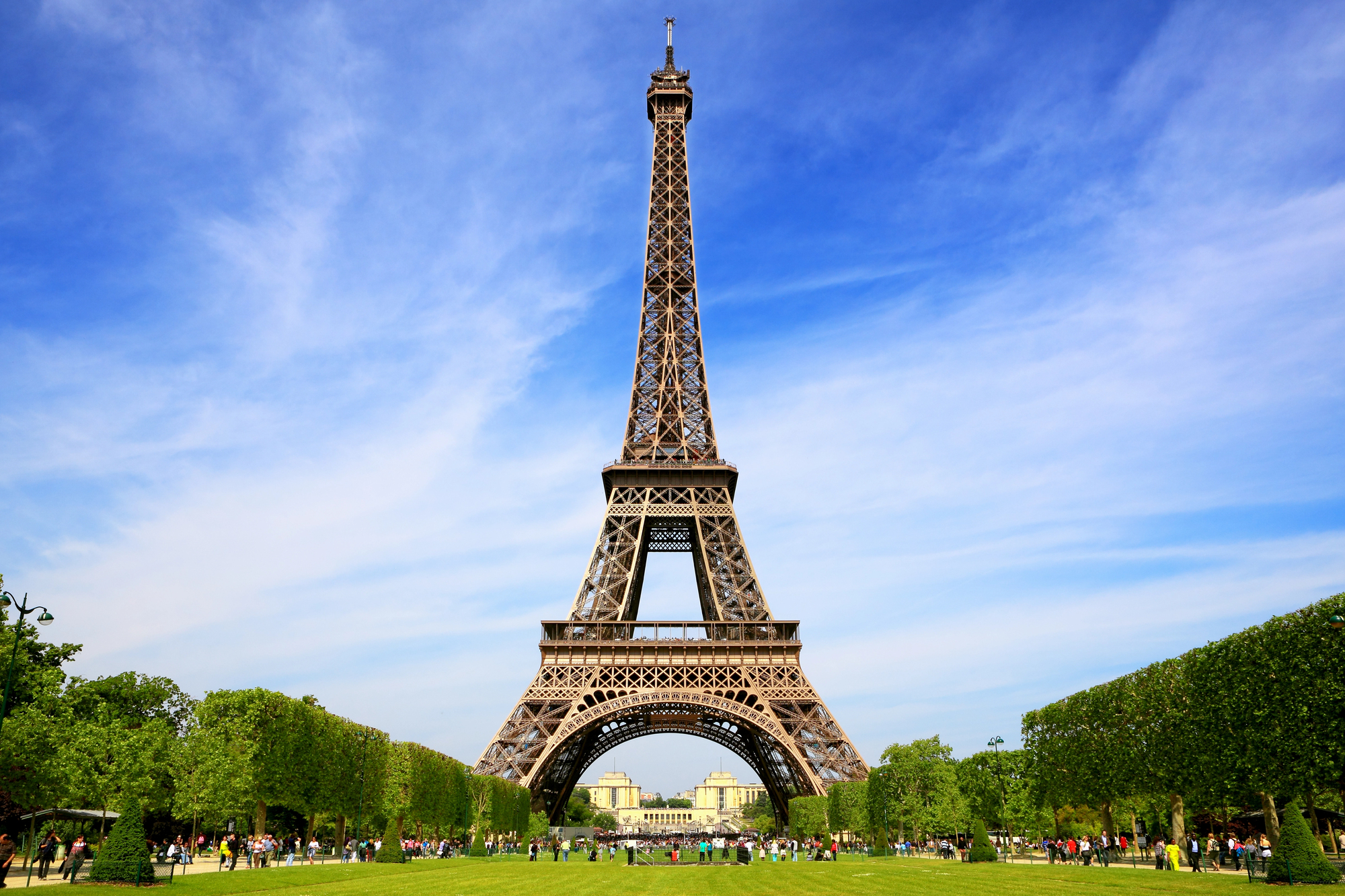
When Gustave Eiffel proposed his Iron Tower, hundreds of artists and intellectuals signed petitions to stop it, calling it a “useless and monstrous” eyesore. The permit allowed it to stand for just 20 years.
Local newspapers ran daily criticism pieces, while property owners feared it would collapse onto their buildings. Engineers questioned its wind resistance calculations until the very last rivet was placed. Today’s most recognizable landmark was nearly dismantled in 1909, saved only by its utility as a radio antenna.
Sydney Opera House
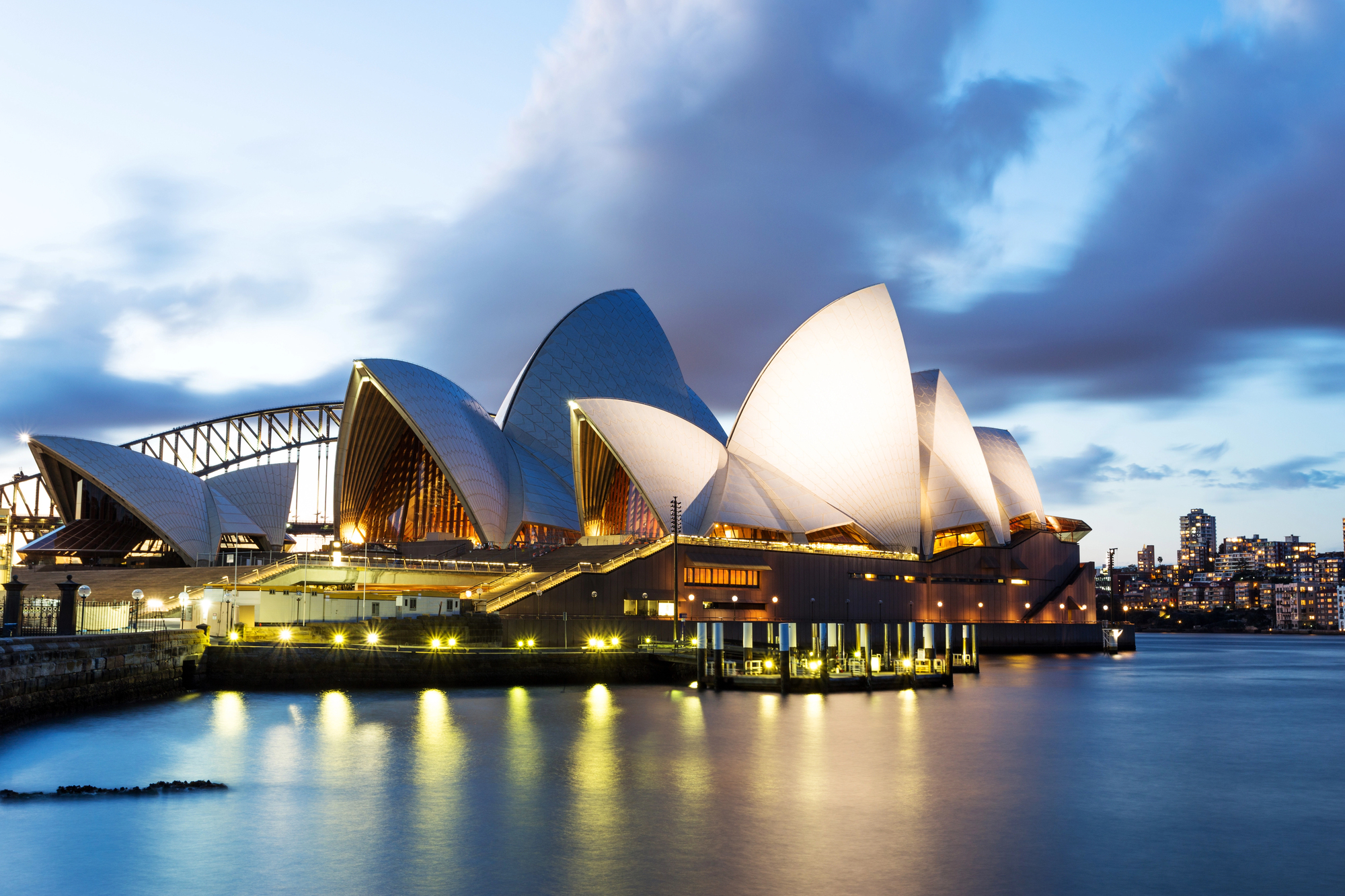
Jørn Utzon’s revolutionary design nearly fell victim to political maneuvering and engineering impossibilities. The original budget of $7 million ballooned to $102 million, almost halting construction multiple times.
Engineers spent years figuring out how to build the iconic shells, with several firms declaring the design unbuildable. The architect resigned before completion and never saw his masterpiece finished. Local contractors developed entirely new construction techniques just to realize this seemingly impossible dream.
Like Go2Tutors’s content? Follow us on MSN.
Sagrada Familia

Gaudí’s masterpiece has faced every obstacle imaginable: civil war, funding shortages, and lost plans. The Spanish Civil War rebels destroyed many original models and drawings.
Modern architects had to reverse-engineer Gaudí’s intentions from fragments. Local authorities repeatedly threatened to abandon the project as a permanent construction site. Computer modeling finally made completion possible, though debate continues about following Gaudí’s vision.
Empire State Building
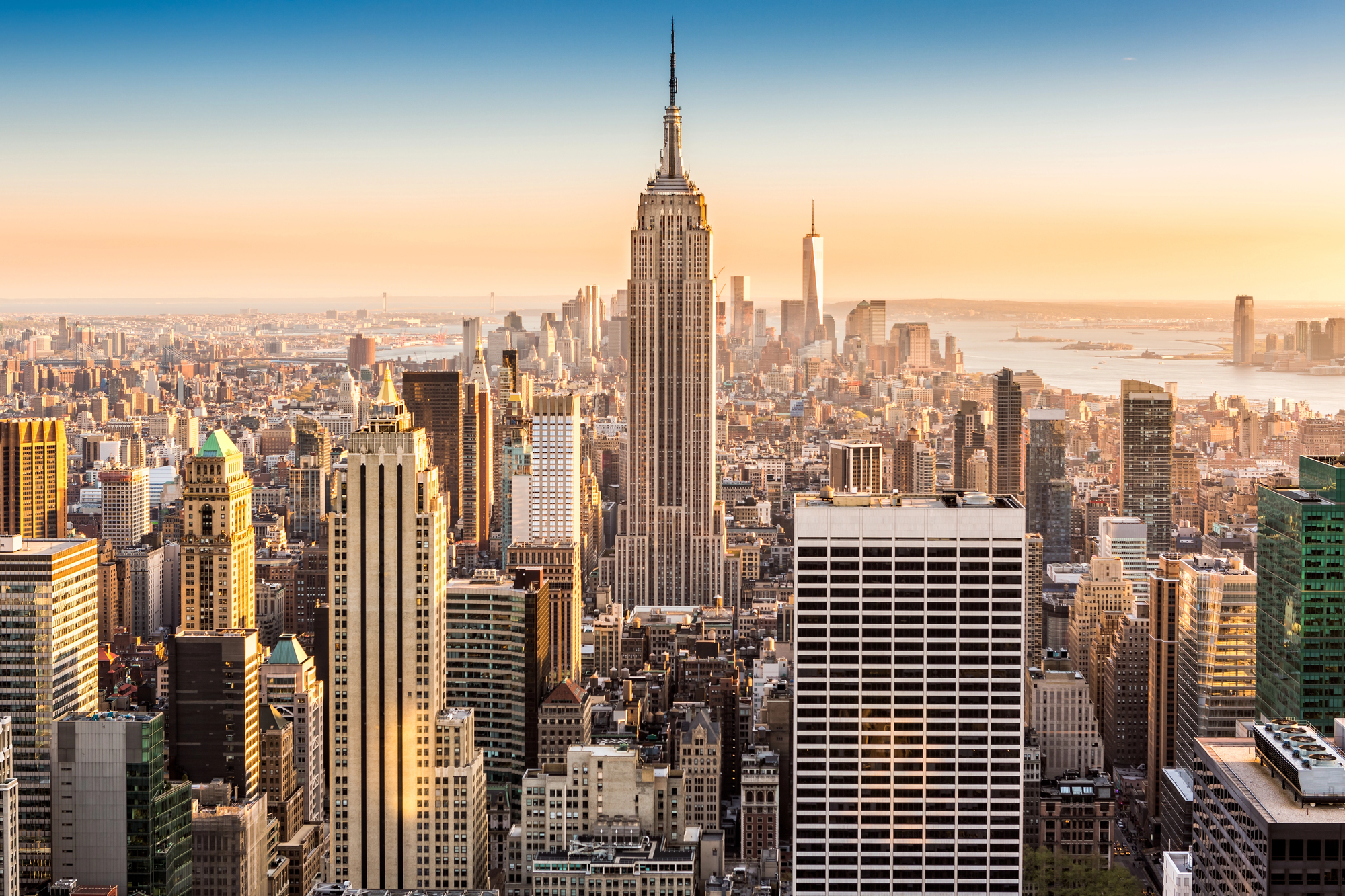
Started just as the Great Depression hit; this skyscraper was nicknamed the “Empty State Building” due to its vacant floors. Investors nearly abandoned the project when only 25% of spaces were leased.
Construction workers walked steel beams 1,000 feet up during bitter winter winds. Local banks almost pulled funding multiple times during the 410-day construction sprint. The building operated at a loss for its first 20 years.
Golden Gate Bridge
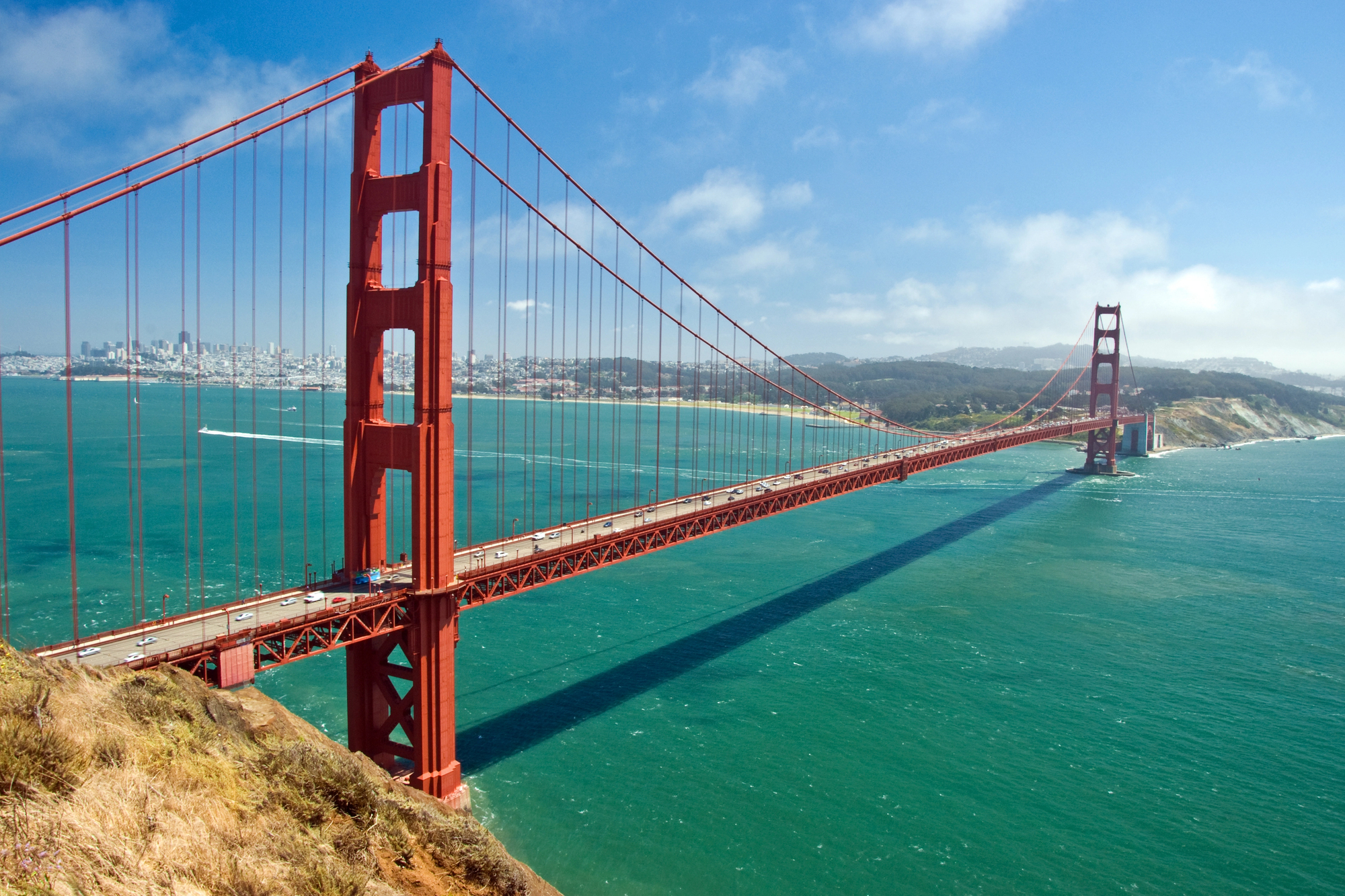
Engineers claimed no bridge could span the treacherous strait, while the military worried it would collapse during an attack. The 1929 stock market crash almost killed financing.
Construction claimed 11 lives despite revolutionary safety measures. Local shipping companies lobbied against it, claiming it would interfere with navigation. The signature color was originally just primer, but the Navy nearly changed it to black and yellow stripes.
Like Go2Tutors’s content? Follow us on MSN.
Petronas Towers – Malaysia
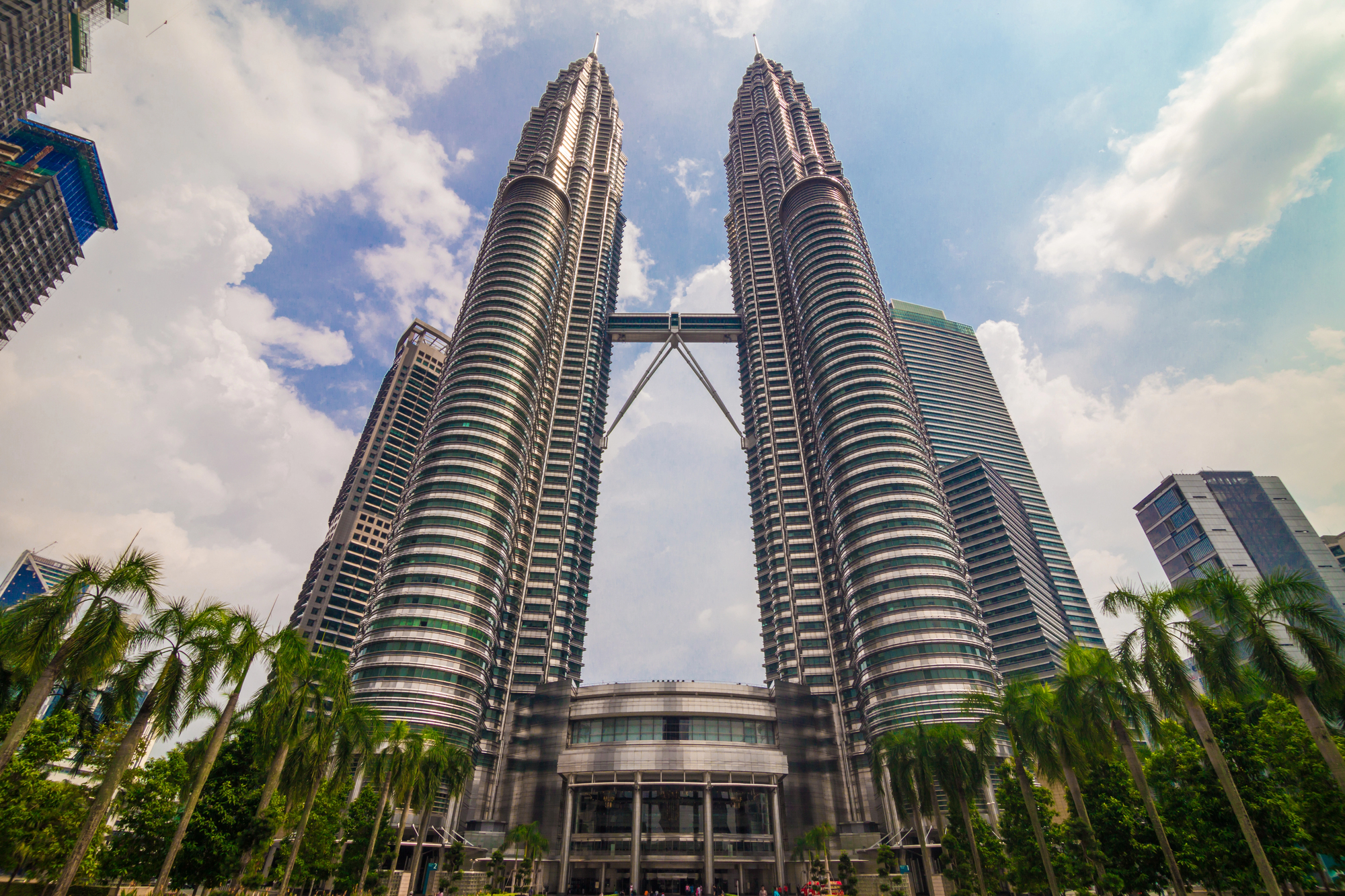
During the 1997 Asian financial crisis, these towers almost remained half-built. The soil was so soft that engineers had to sink the world’s deepest foundations.
Construction teams from two different companies raced to build each tower, leading to numerous coordination challenges. Local skeptics questioned spending billions during an economic downturn. The unique design required inventing new concrete formulas.
St. Paul’s Cathedral
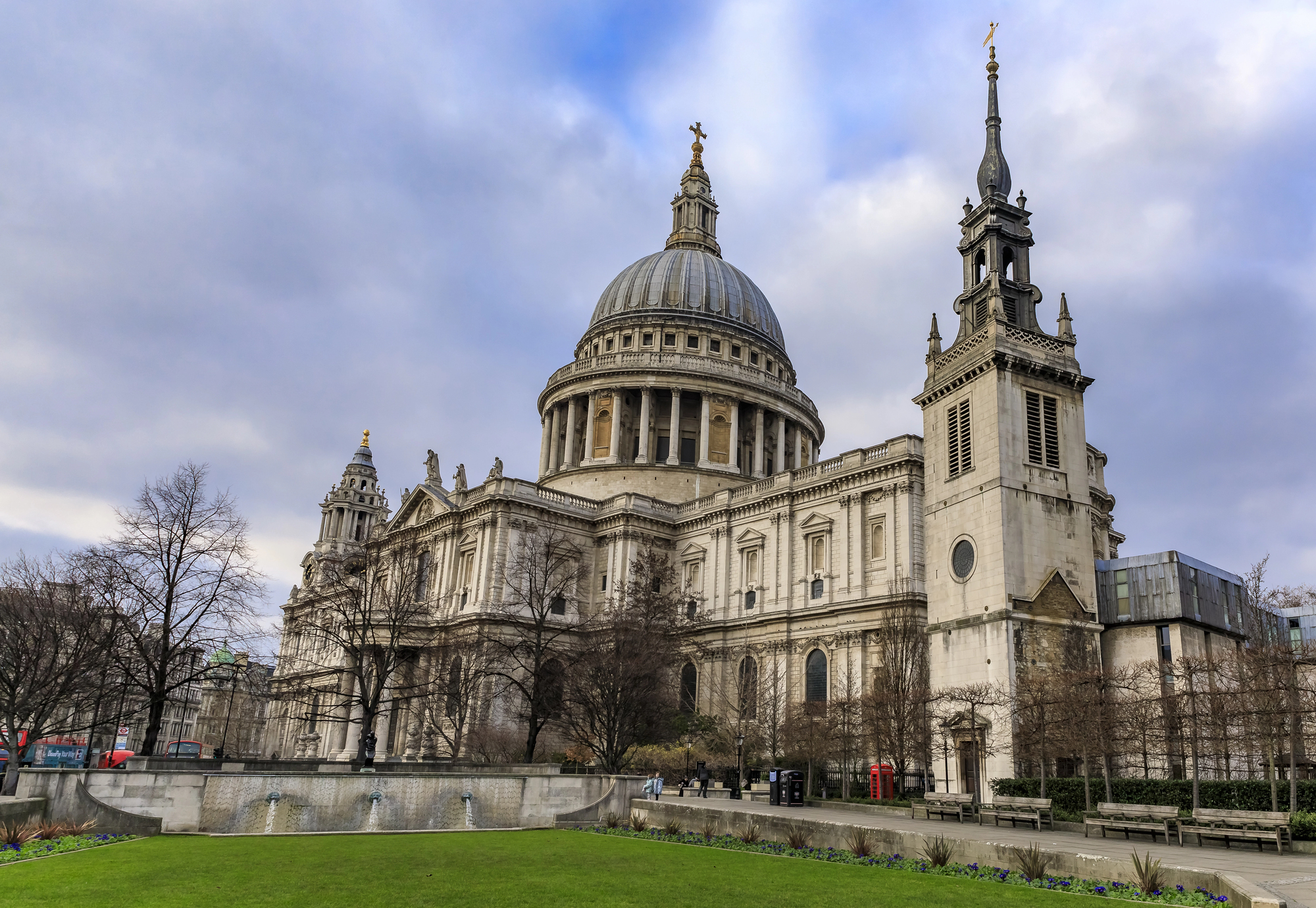
Christopher Wren’s masterpiece almost never rose from the Great Fire’s ashes due to constant political and religious interference. The revolutionary dome design was considered too Catholic for Protestant London.
Construction discovered unstable Roman ruins beneath the foundations. Local authorities repeatedly tried to alter Wren’s plans to be more traditional. The project took 35 years and five monarchs to complete.
Burj Khalifa – Dubai
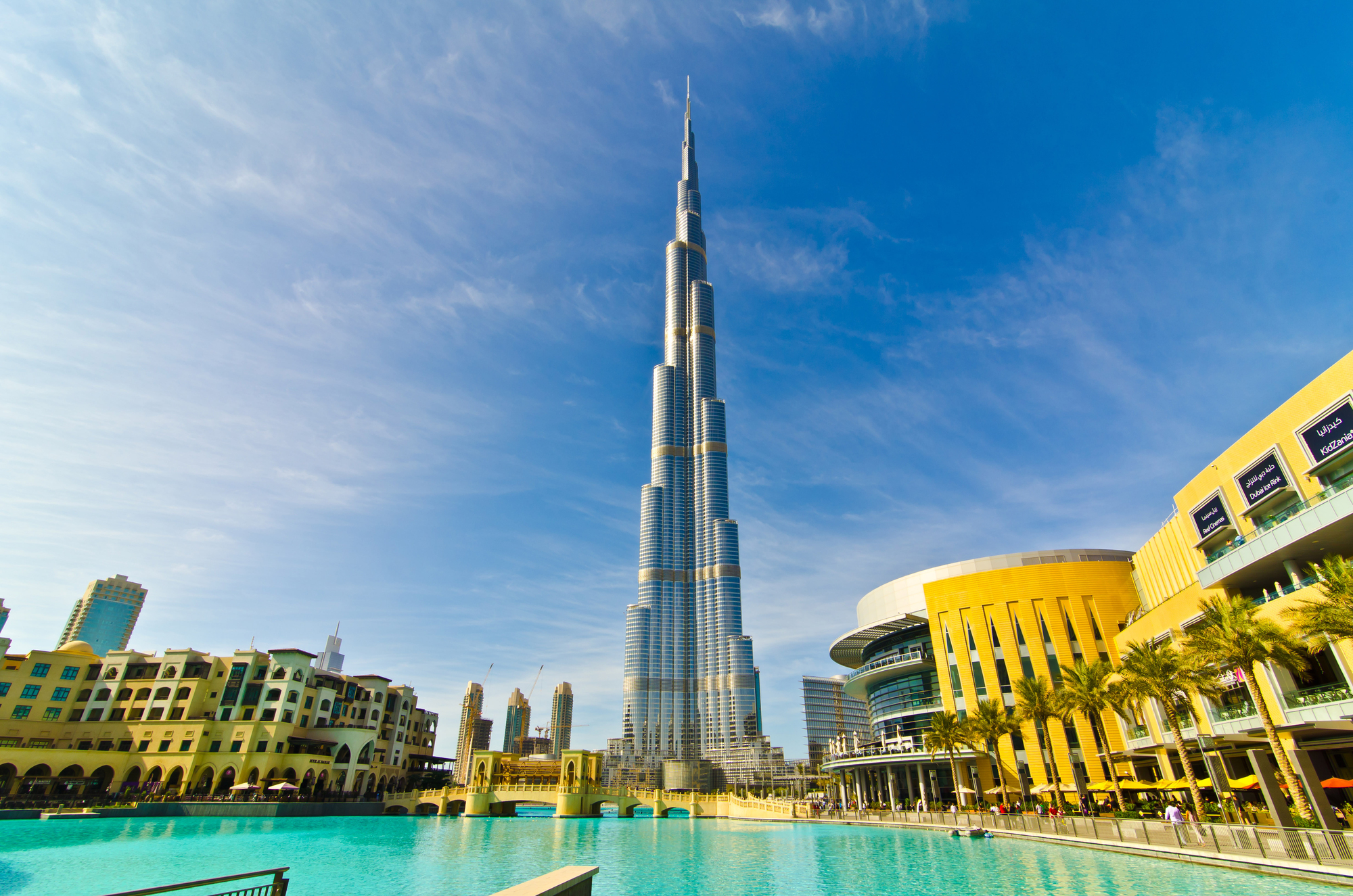
The 2008 financial crisis nearly left this supertall skyscraper unfinished. The original design changed multiple times due to engineering challenges with wind forces.
Construction required inventing new concrete pumping techniques for extreme heights. Local ecological concerns about energy consumption almost halted the project. The final height remained a secret until completion to prevent competitors from building taller.
Like Go2Tutors’s content? Follow us on MSN.
Palace of Westminster
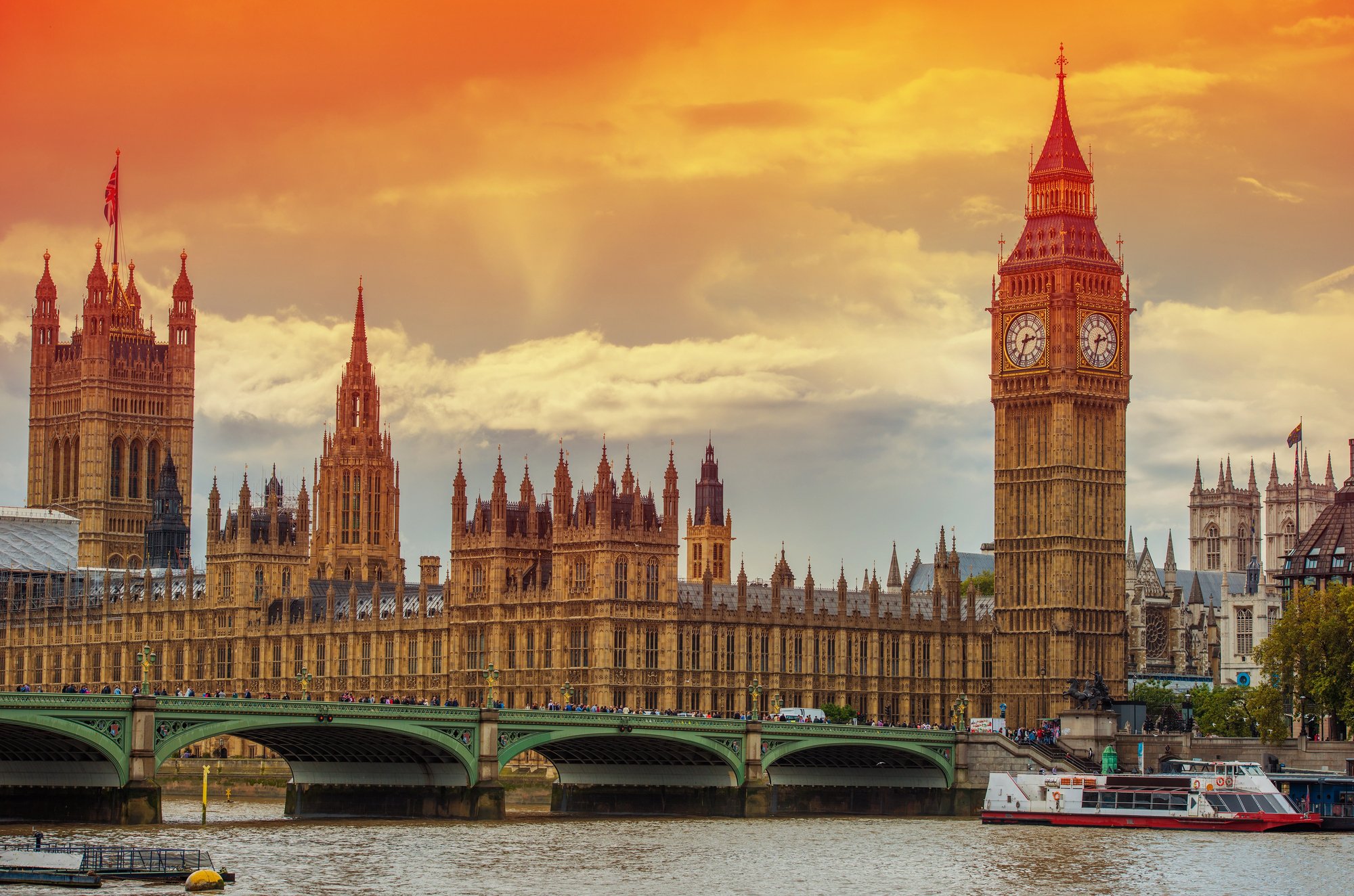
After the 1834 fire, bitter debates about architectural style nearly prevented reconstruction. The chosen Gothic design was considered outdated by many contemporary architects.
Construction discovered that the riverbank foundations were dangerously unstable. Local contractors struggled with the elaborate stone carving requirements. The project took 30 years and cost three times the original budget.
CN Tower – Toronto
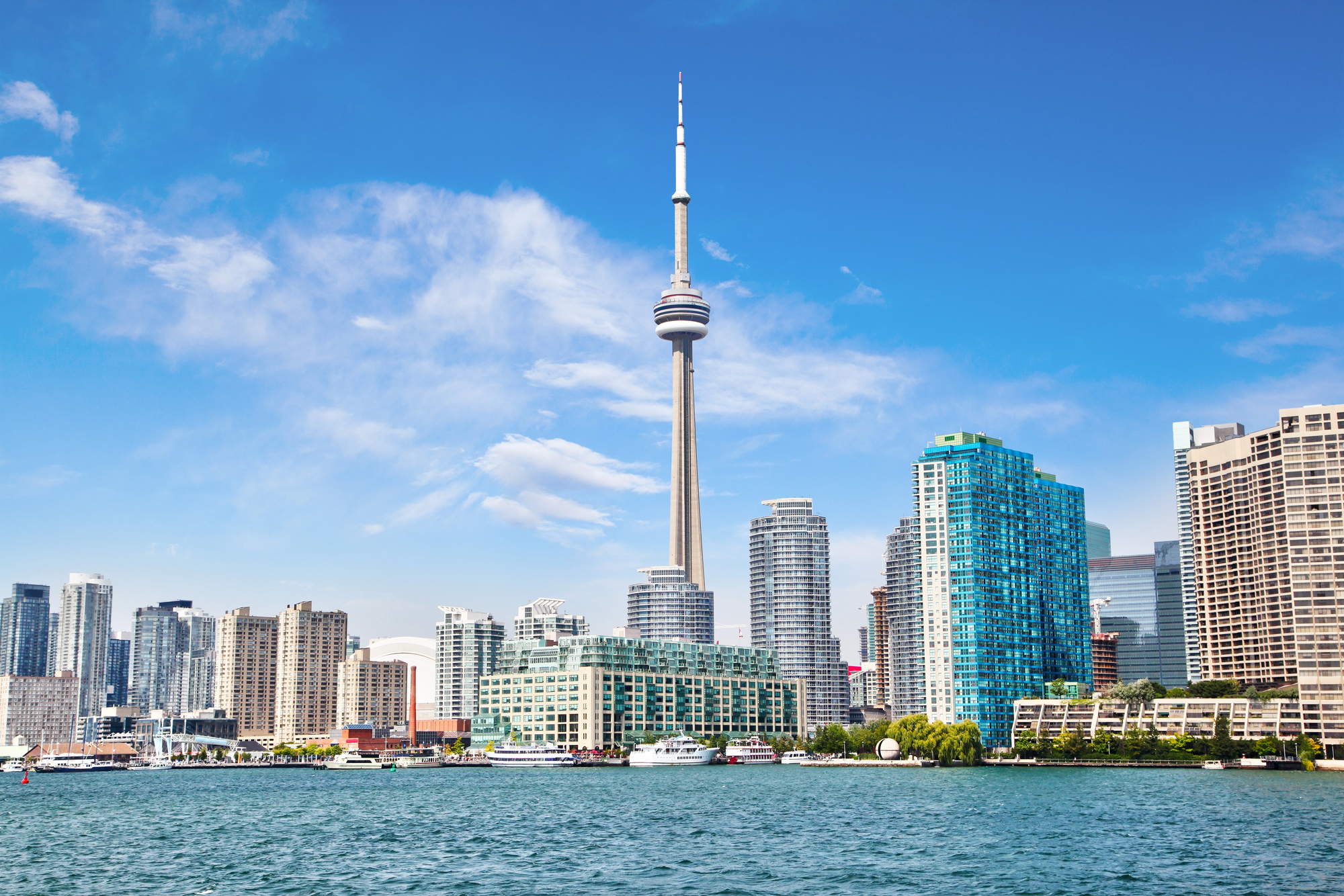
Public opposition nearly blocked the construction of what many viewed as an expensive vanity project. Engineers worried about the unprecedented free-standing height.
Construction required developing new techniques for continuous concrete pouring. Local airlines objected to the height as a navigation hazard. The project barely survived multiple funding crises during Canada’s 1970s economic troubles.
The Dancing House – Prague, Czech Republic
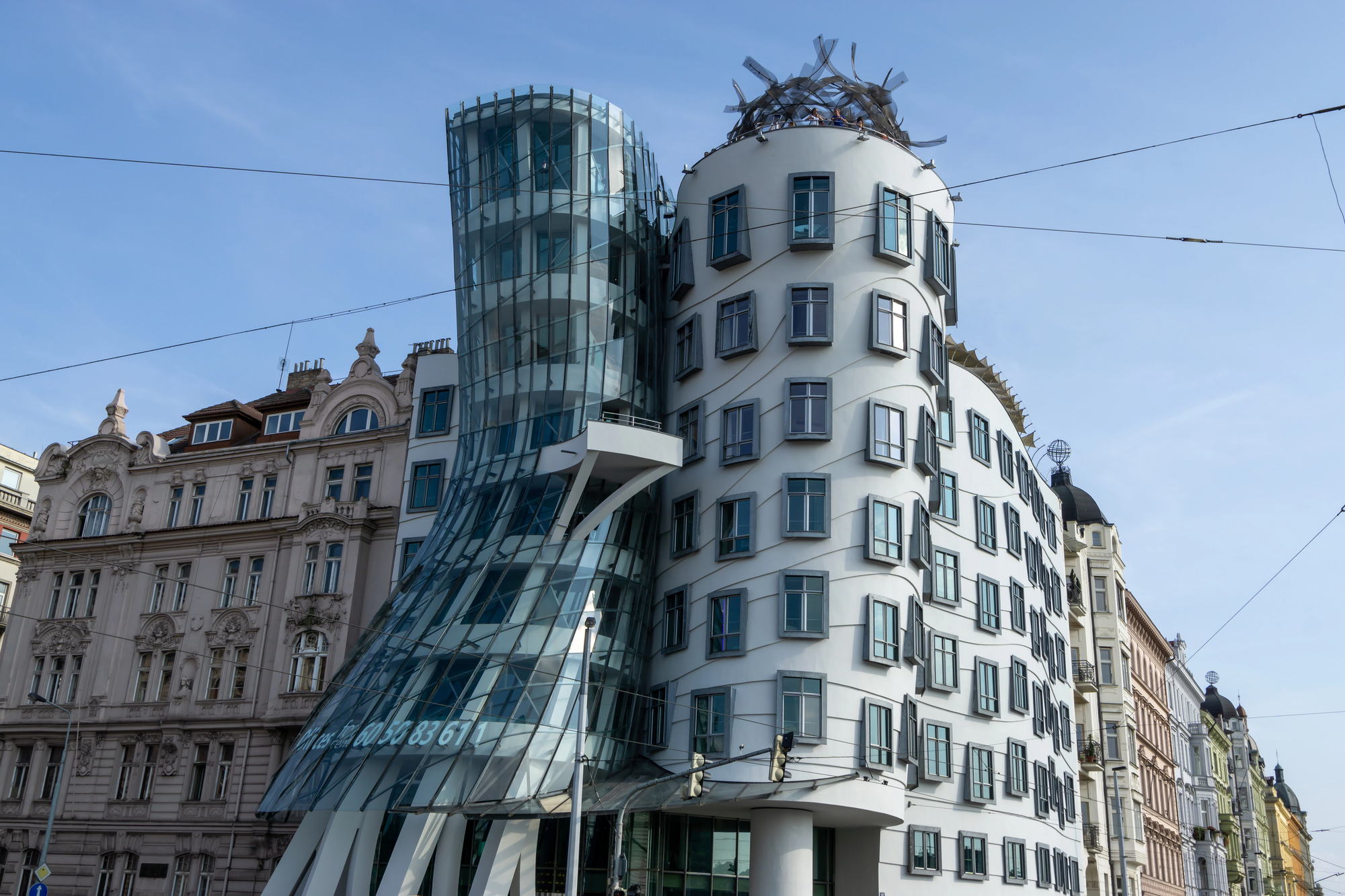
This deconstructivist design faced fierce opposition in a city famous for its historical architecture. Critics claimed it would destroy Prague’s traditional streetscape.
The unusual shape required complex engineering solutions to meet building codes. Local preservation groups filed multiple lawsuits to stop construction. Even President Václav Havel had to intervene to save the project.
Like Go2Tutors’s content? Follow us on MSN.
Marina Bay Sands – Singapore
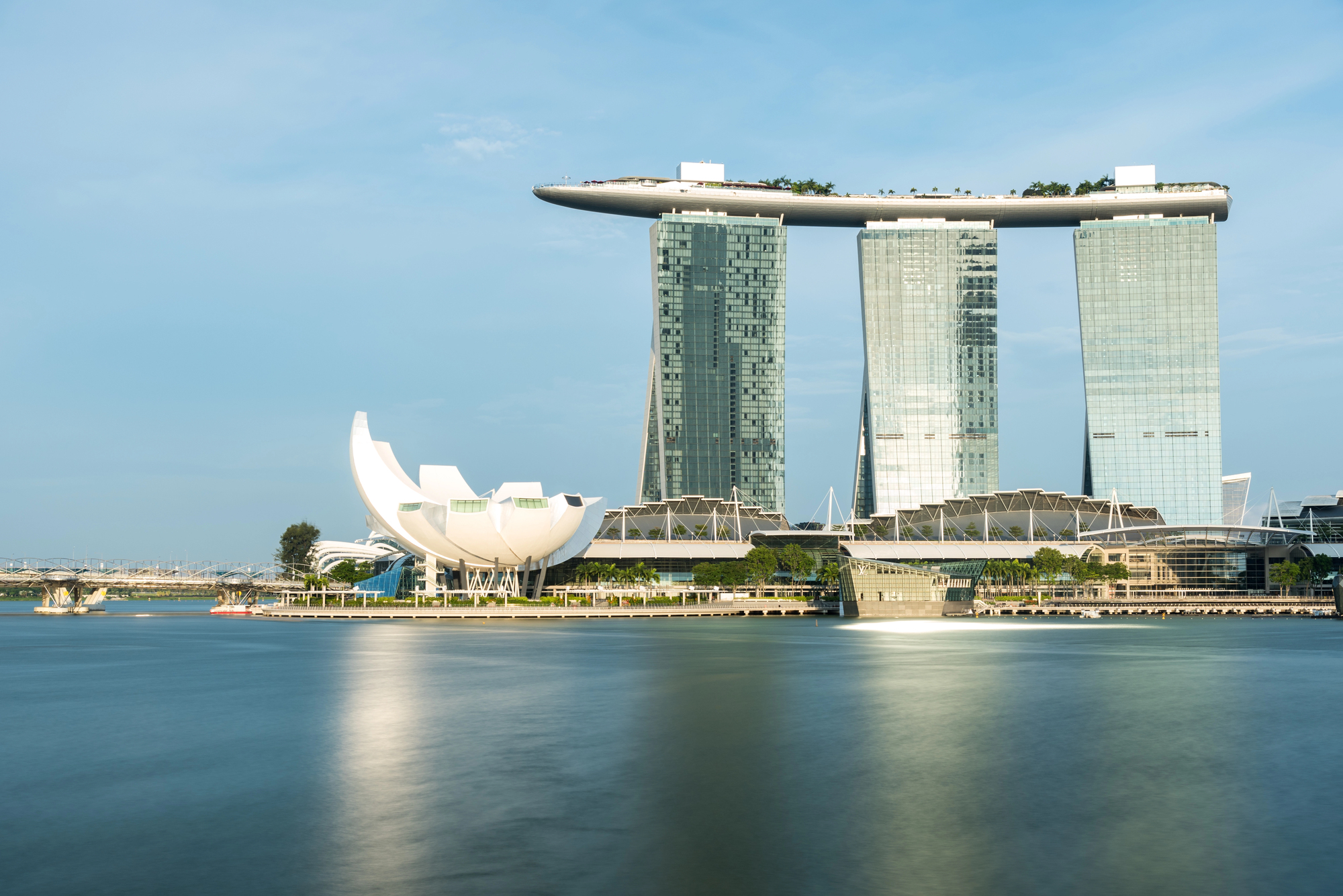
The 2008 financial crisis almost ended the construction of this triple-towered wonder. Engineers struggled with the unprecedented, elevated park spanning the towers.
The foundations required reinforcing an underground railway tunnel. Local environmental groups opposed the massive energy requirements. The project’s $5.7 billion cost nearly forced redesigns to a simpler structure.
Pompidou Center – Paris
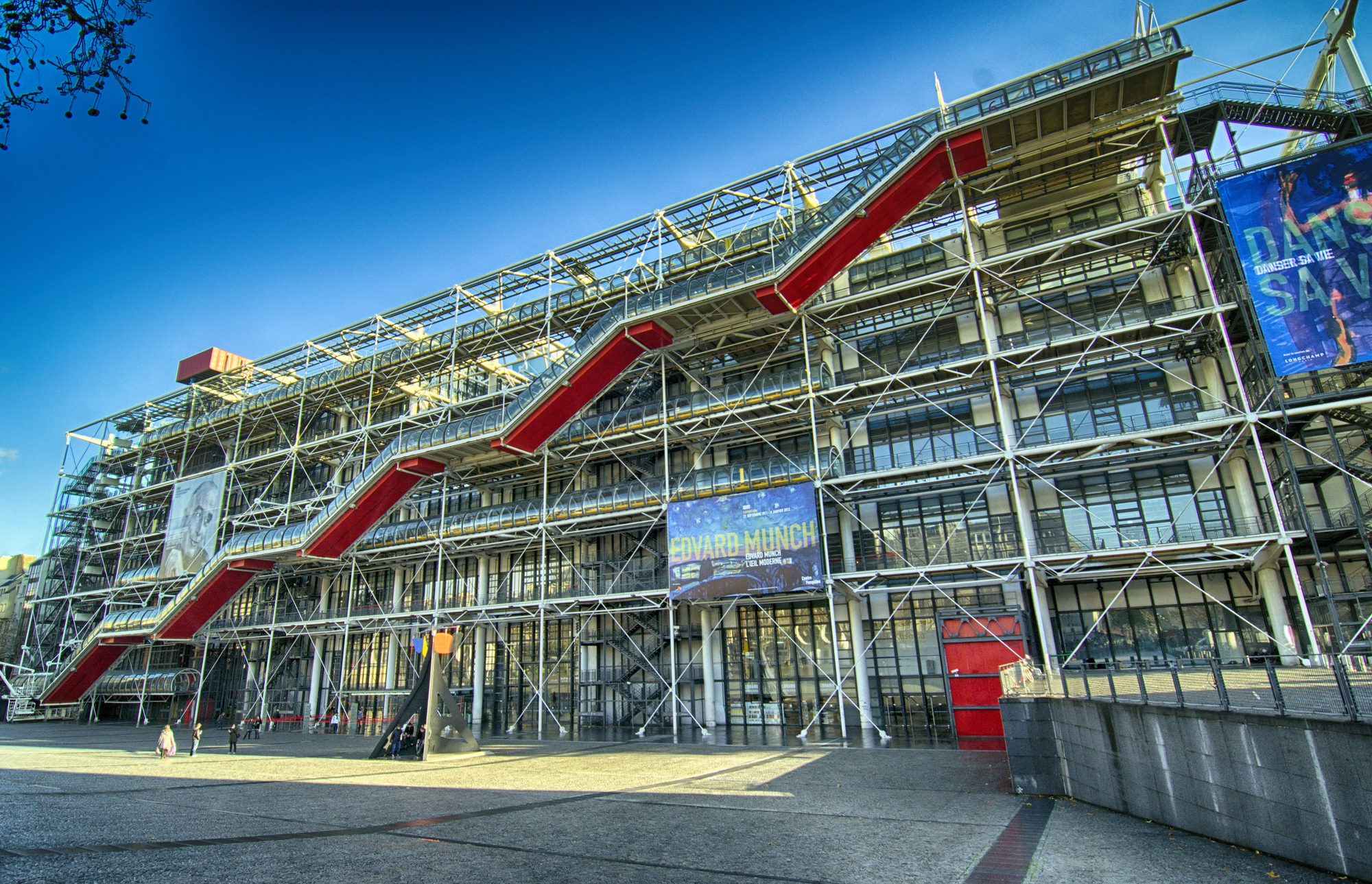
This revolutionary inside-out design faced fierce opposition from traditionalists who called it an eyesore. Many engineers considered the exposed structural elements unbuildable.
Construction required inventing new techniques for the exterior escalators. Residents filed numerous lawsuits to block the “industrial” appearance. The project barely survived multiple political attempts to cancel it.
TWA Terminal – New York
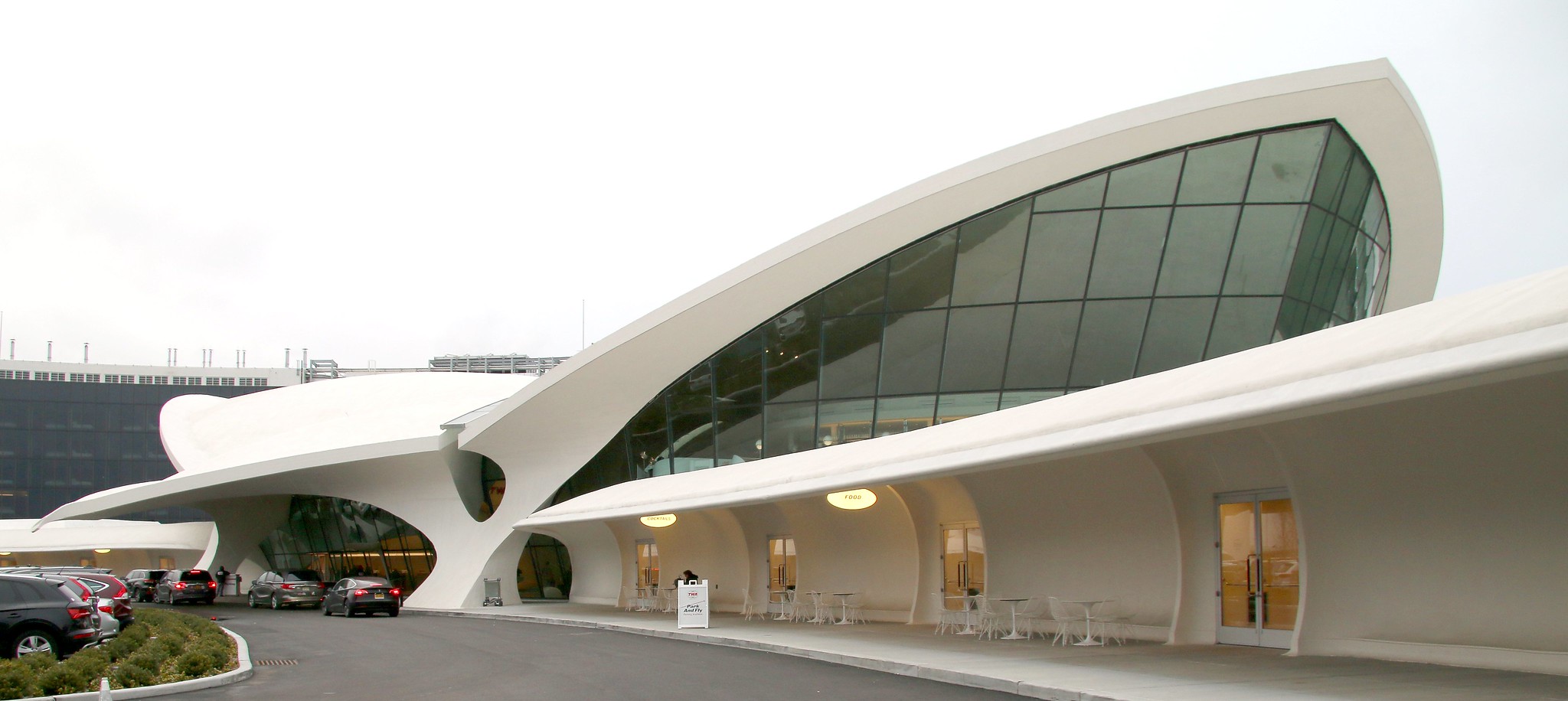
Eero Saarinen’s futuristic design nearly proved too complex for 1960s construction techniques. The curved concrete shells required the invention of new formwork methods.
Engineers struggled to make the massive window walls structurally sound. Local aviation authorities questioned the practical functionality of the artistic design. The project exceeded its budget so dramatically that TWA considered canceling it.
Like Go2Tutors’s content? Follow us on MSN.
Guggenheim Museum Bilbao – Spain
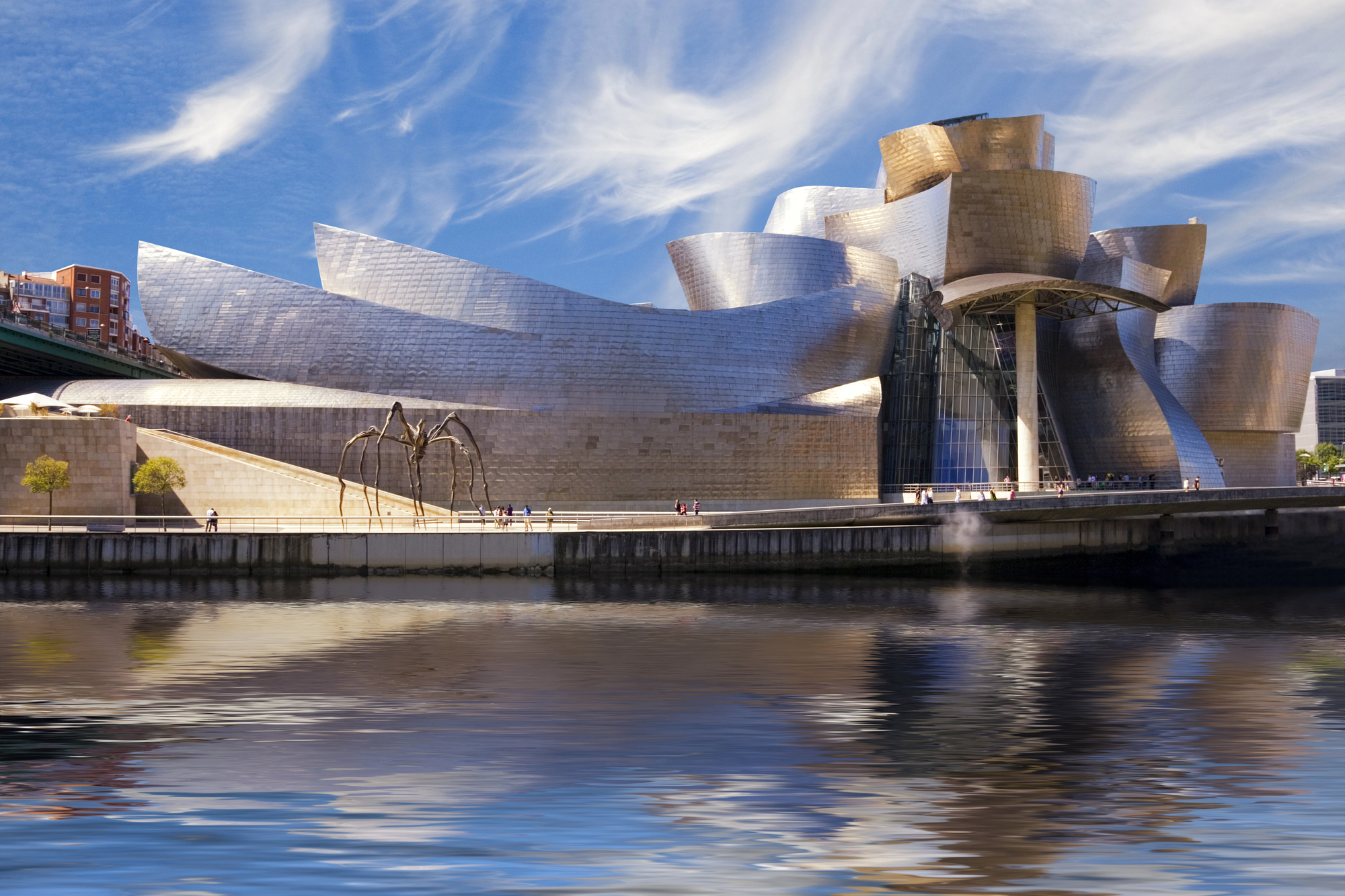
Frank Gehry’s complex design was considered unbuildable without computer modeling technology. The titanium panels posed unprecedented installation challenges.
Local critics opposed the radical departure from traditional Basque architecture. The project’s computational demands pushed the limits of 1990s software. Construction teams had to develop new techniques for the curved surfaces.
London’s Glass Pickle
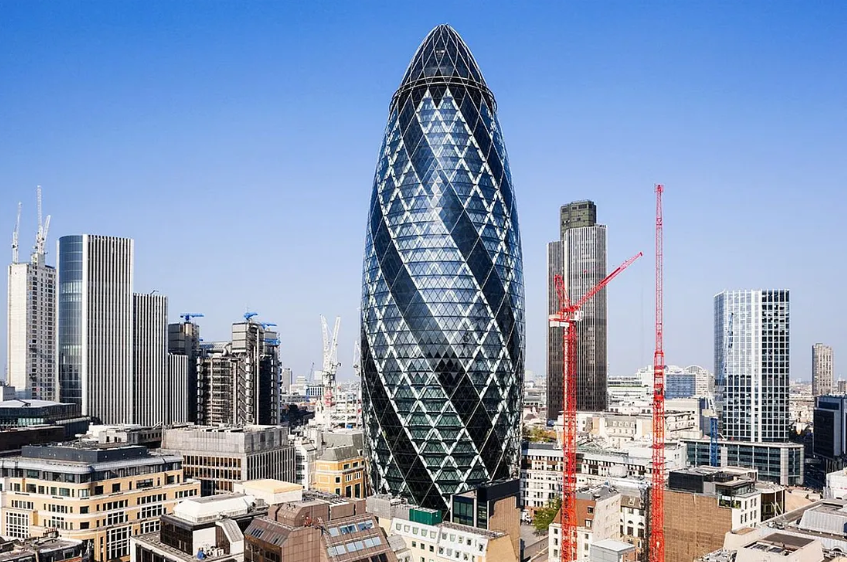
After the Baltic Exchange bombing, this site’s revolutionary design faced fierce opposition from preservationists. The unusual shape required complex wind tunnel testing to prove its stability.
Construction discovered unexpected underground Roman ruins. Local planning authorities initially rejected the design as too radical. Each of the curved glass panels had to be individually manufactured.
Gateway Arch – St. Louis
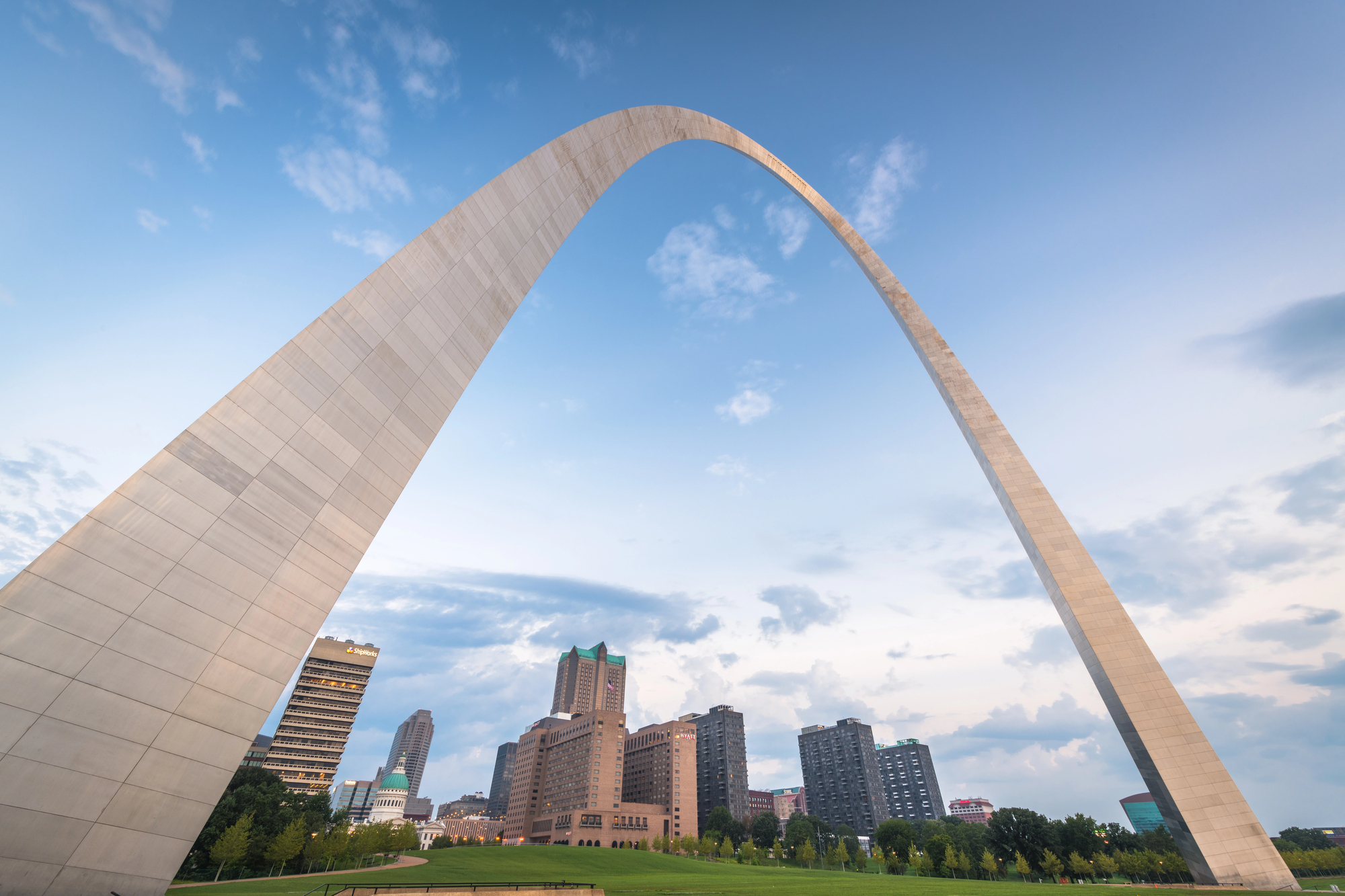
This deceptively simple design proved enormously challenging to engineer and build. The unique shape required the development of new structural analysis methods.
Construction workers risked their lives without modern safety equipment. Local opposition nearly blocked federal funding multiple times. The project took twice as long and cost three times more than planned.
Like Go2Tutors’s content? Follow us on MSN.
Casa Milà – Barcelona
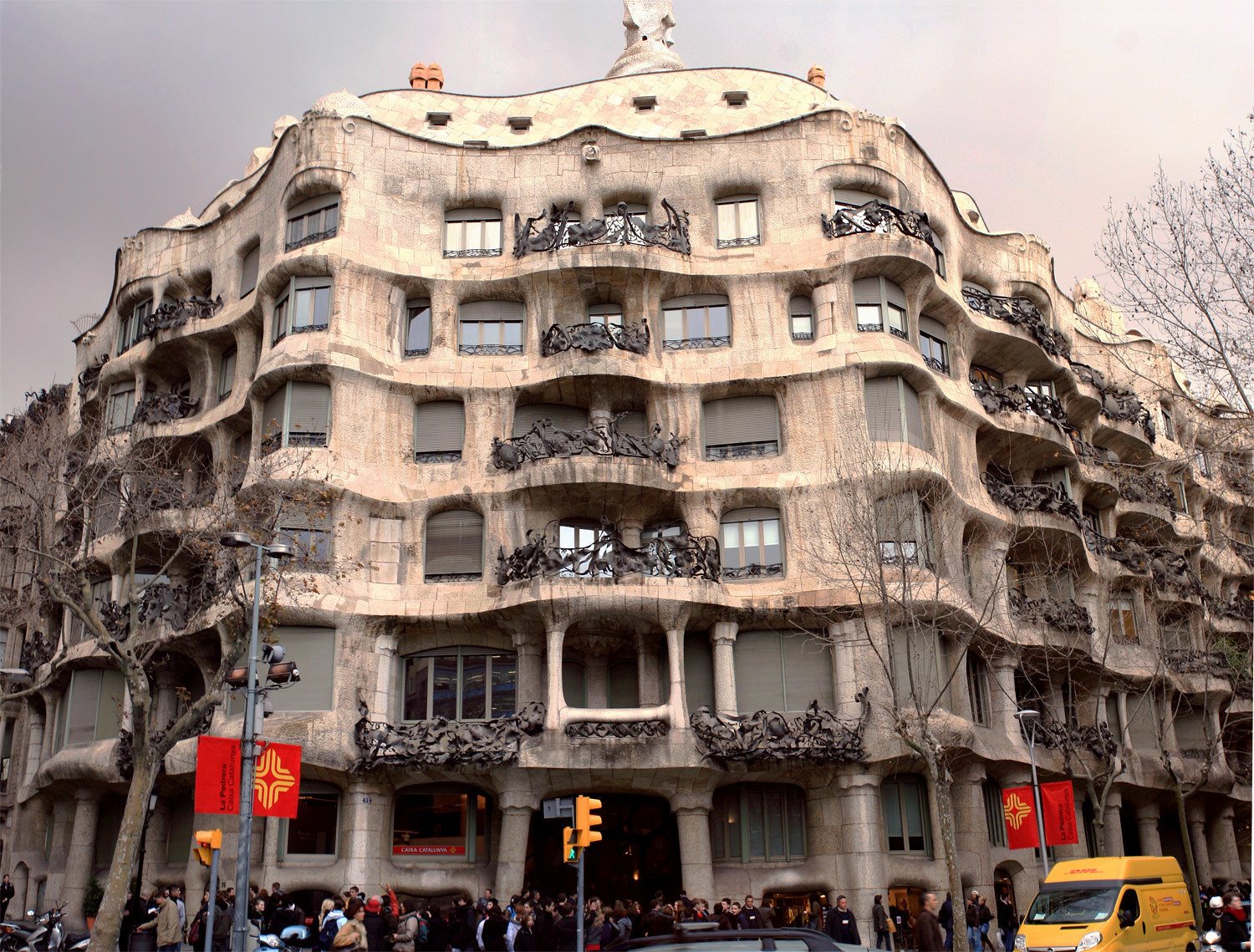
Gaudí’s undulating apartment building violated numerous building codes of its time. The unusual structure required extensive negotiations with city authorities.
Construction methods for the curved stone façade had to be invented on site. Residents nicknamed it “The Quarry” in protest. The project went so over budget that it led to lawsuits from the owners.
The Shard – London
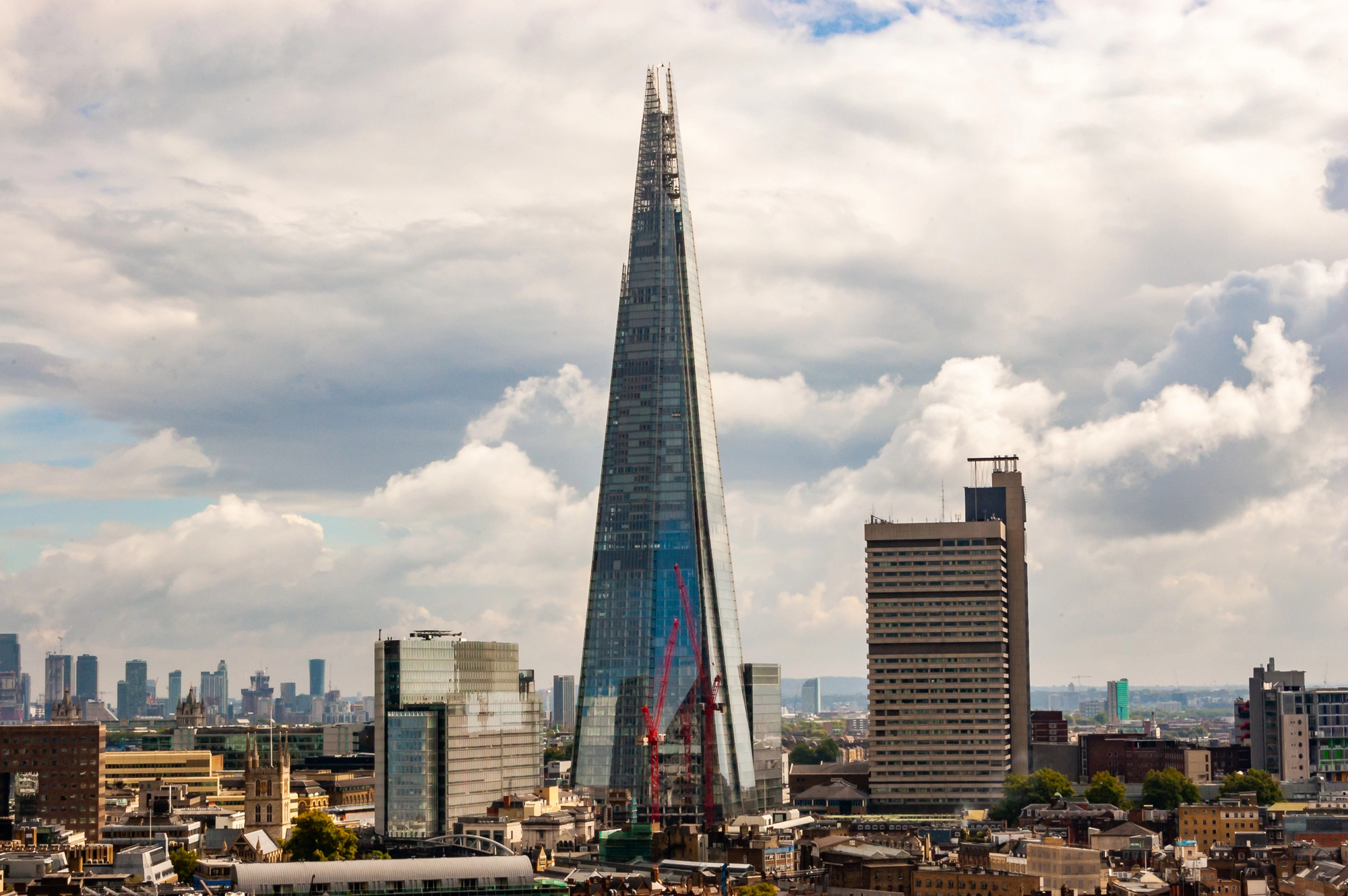
The 2008 financial crisis nearly ended this project before it began. The design required changing UK building regulations about glass facades.
Construction faced unprecedented challenges building so tall near historic structures. Local opposition groups filed multiple legal challenges about its impact on historic views. The project survived three different ownership changes before completion.
U.S. Bank Tower – Los Angeles
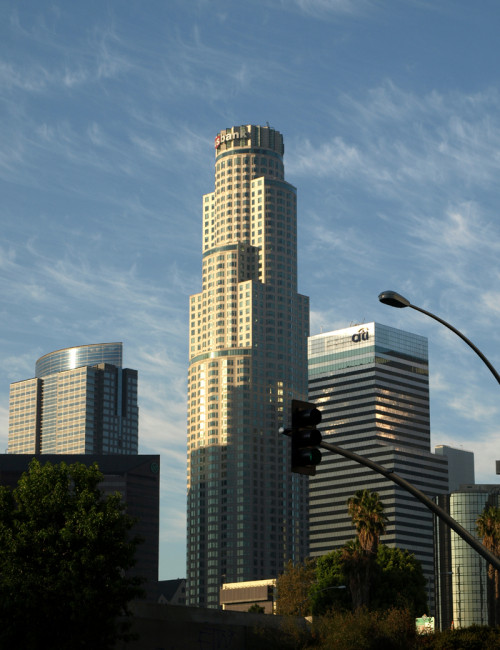
This skyscraper’s ambitious height nearly proved impossible, given California’s earthquake requirements. Engineers had to develop new computer models to prove their stability.
Construction required inventing new techniques for the central concrete core. Local authorities initially rejected the design as too risky for the seismic zone. The project survived multiple design changes to meet safety requirements.
Like Go2Tutors’s content? Follow us on MSN.
Architecture’s Close Calls
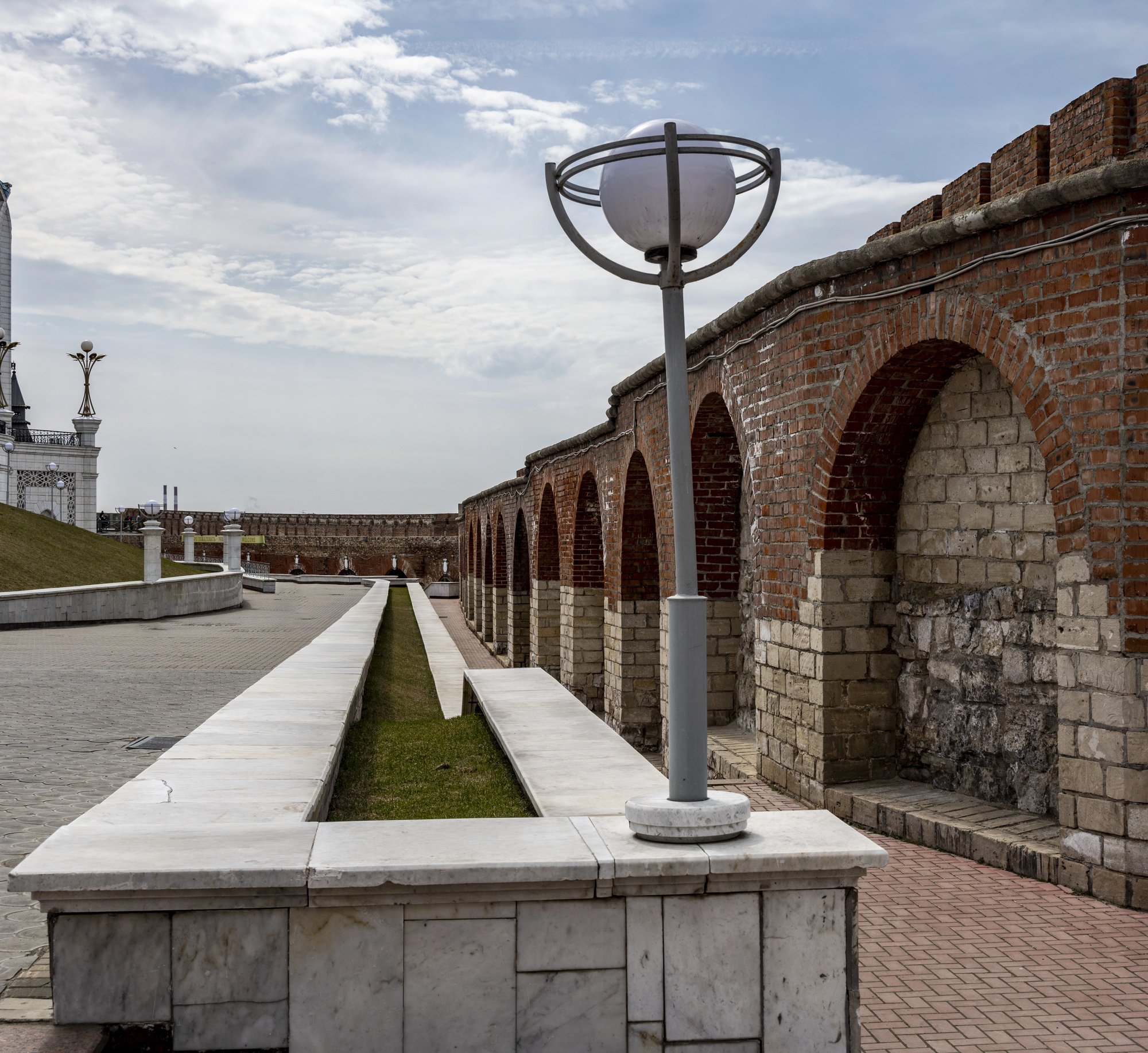
These landmarks remind us that revolutionary designs often face skepticism and setbacks. Their struggles paved the way for future innovations in construction and engineering.
Today’s controversial proposals might become tomorrow’s beloved landmarks. Perhaps the greatest architectural achievements are those that persist despite seemingly insurmountable odds.
More from Go2Tutors!

- Famous Battles: How Much Do You Really Know About U.S. History?
- Top 5 Most Important Skills, According To Harvard Business School
- How Well Do You Know 90s Pop Culture? Take the Quiz
- Master the Art of Public Speaking with These Expert Tips
- Think You Know Capitals? Put Your Knowledge to the Test
Like Go2Tutors’s content? Follow us on MSN.
